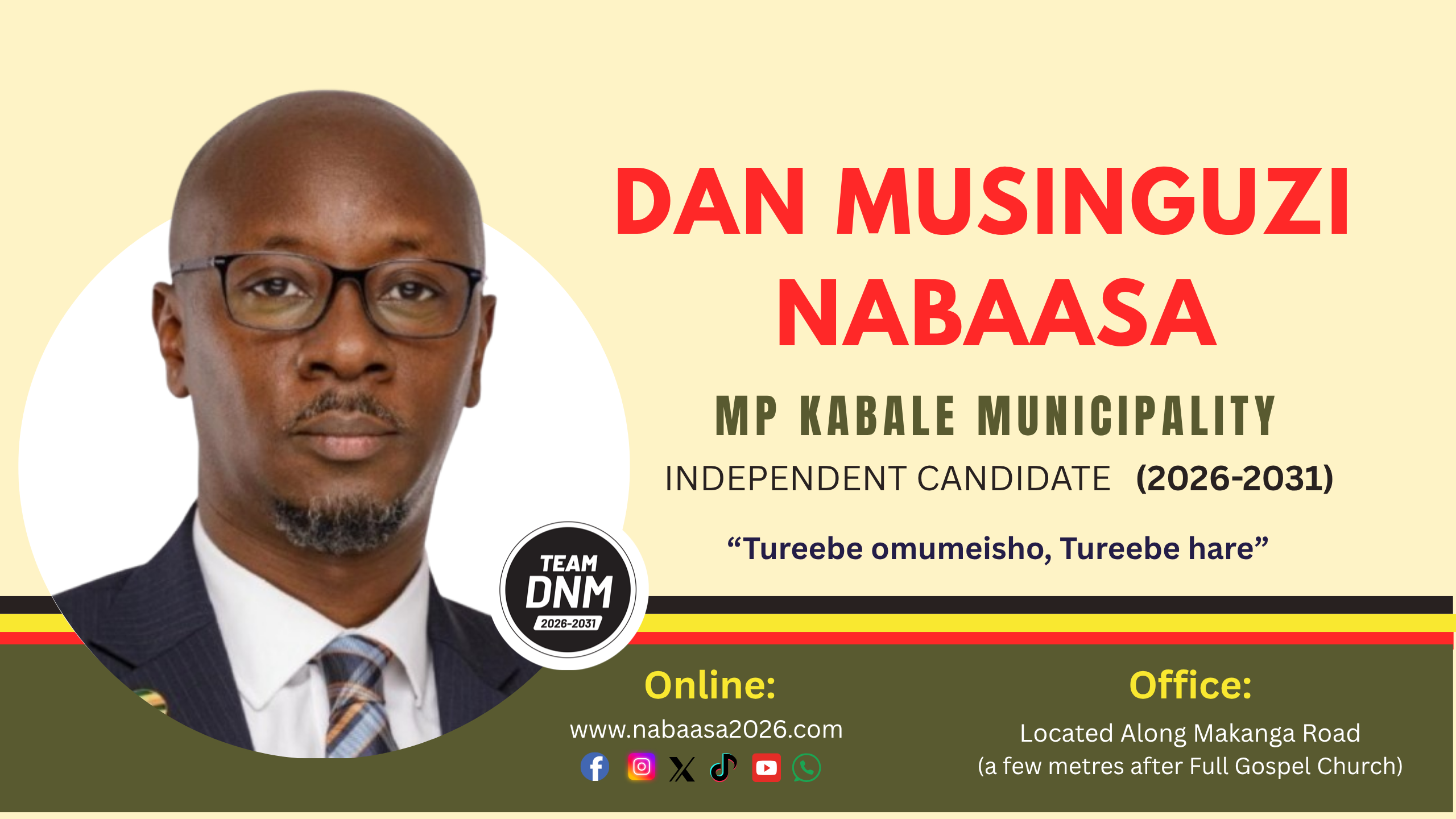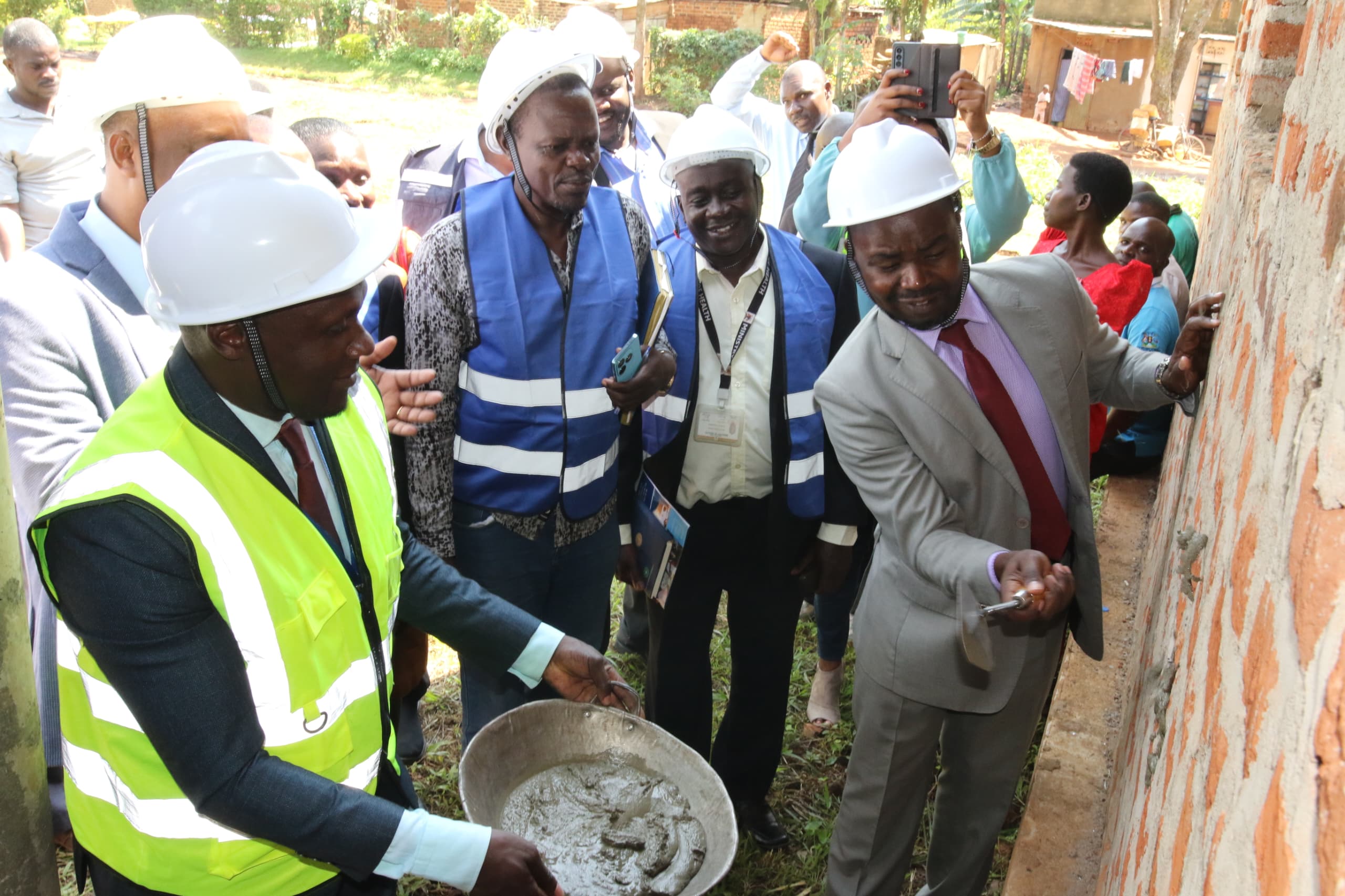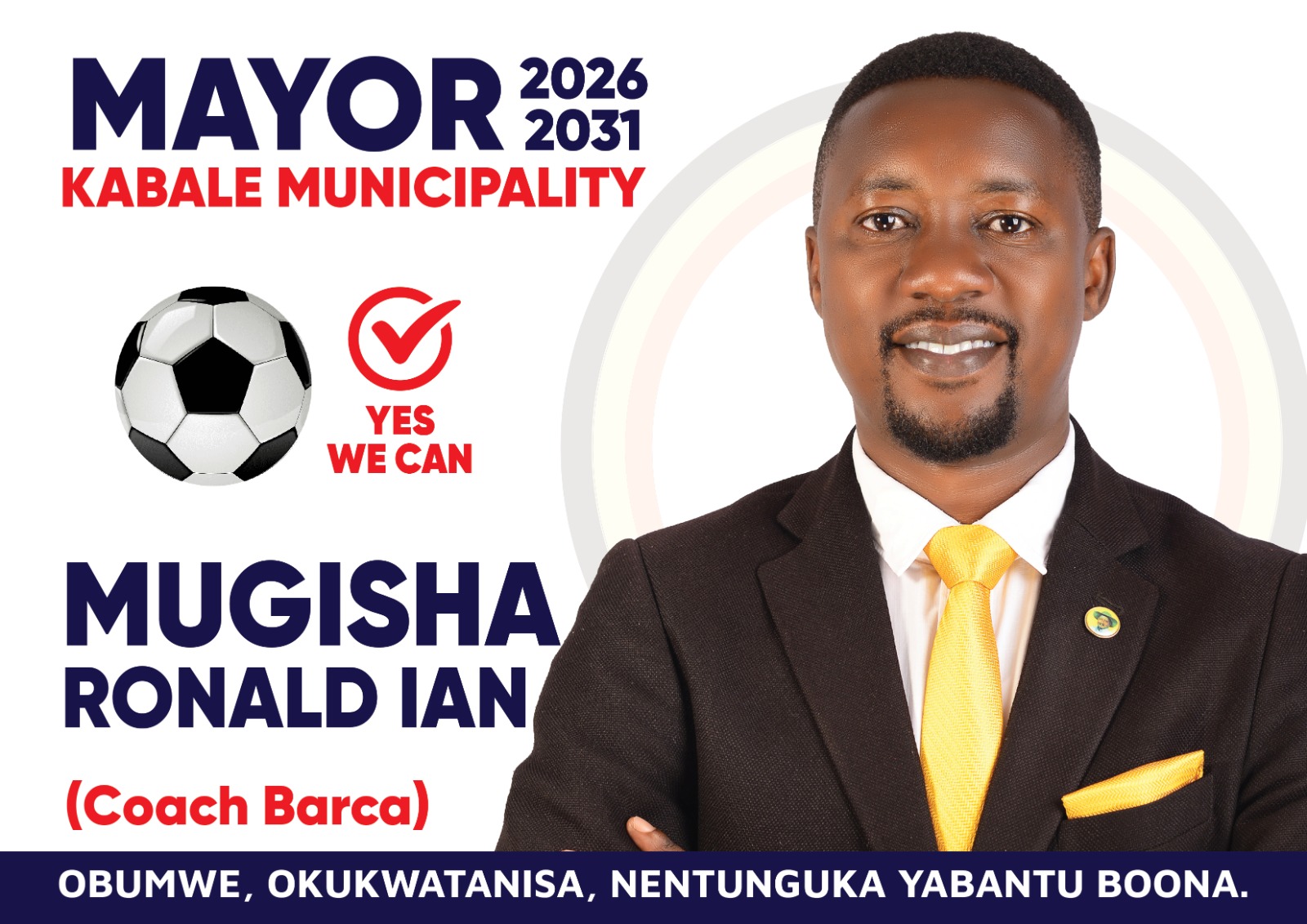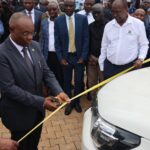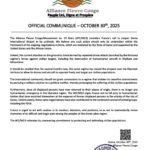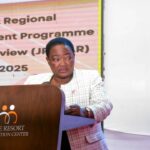
Summary:
- Mayuge District’s health system comprises three Health Sub-Districts, each with a Health Center IV.
OPED: The Busoga sub-region is on the verge of a major healthcare transformation, driven by an ambitious project led by the Korea International Cooperation Agency (KOICA) and the World Health Organization (WHO).
This initiative aims to refurbish 28 health facilities across the region and install cutting-edge rainwater harvesting systems.
The refurbishment will modernize essential healthcare infrastructure, focusing on upgrading medical equipment, patient wards, and sanitation facilities. This comprehensive overhaul will significantly improve the quality of care, providing healthcare workers with the tools and environment they need to deliver effective and compassionate services.
The project was launched in the Mayuge District at Baitambogwe Health Center III. Mayuge’s Health Department serves a population of 615,200, with a mission to achieve a high standard of health for all residents, promoting a healthy and productive life.
Mayuge District’s health system comprises three Health Sub-Districts, each with a Health Center IV. Currently, 73 health facilities report to the District Health Information System (DHIS2).
The installation of rainwater harvesting systems marks a pivotal step towards sustainability and resilience in healthcare. These systems will be strategically placed at each facility to capture and store rainwater for non-potable uses such as irrigation, cleaning, and toilet flushing.
This approach reduces dependence on traditional water sources and ensures effective water resource management, particularly in the face of varying climatic conditions.
By integrating rainwater harvesting, the health facilities will realize significant cost savings on water procurement, promote environmental sustainability, and enhance the reliability of water supply in areas where access to clean water is inconsistent. These systems will also ensure a steady water supply for essential functions, supporting both daily operations and emergency responses.
This project highlights the collaborative efforts of KOICA and WHO in addressing immediate healthcare needs while also focusing on long-term sustainability.
The involvement of local communities and stakeholders has been crucial to the project’s planning and implementation, ensuring it meets the specific needs of the Busoga sub-region and maximizes its impact.
Mayuge District’s health facilities breakdown includes:
Hospitals: 1 (Buluba, privately owned, not-for-profit)
Health Center IVs: 3 (Government-owned)
Health Center IIIs: 11 (Government-owned)
Health Center IIs: 20 (Government-owned), 8 (Private, not-for-profit), and 3 (Government-owned for prisons)
Private Health Center IIs: 28.
The district’s vibrant community structure, including Village Health Teams (VHTs) and Community Extension Health Workers (CHEWs), plays a crucial role in extending health services to the grassroots level. Mayuge boasts over 1,536 VHTs and 165 active CHEWs.
Mayuge has benefited significantly from KOICA’s support through the Health Systems Strengthening for Improving Reproductive, Maternal, Newborn, Child, and Adolescent Health (RMNCAH) Project. Achievements under this project include:
Training for over 100 midwives, nurses, clinical officers, and medical officers in various aspects of RMNCAH.
Provision of an ambulance for emergency referrals in 2021, with ongoing support and training for the ambulance team.
Distribution of RMNCAH reference materials and COVID-19 IPC materials to health workers.
Training for students and teachers in Sexual and Reproductive Health (SRH).
Support for health workers in RMNCAH leadership, including provision of mobile phones for better reporting.
Upgrading of six health facilities to Level III, and equipping six health facilities with Maternal and Child Health (MCH) equipment.
The impact of these efforts is evident in the improved competence and skills of health workers, leading to:
An increase in ANC 1st trimester visits from 20% to 26%.
An increase in ANC4+ visits from 34% to 41%.
A rise in institutional deliveries from 32% to 45%.
An increase in postnatal care coverage from 15% to 30%.
Maternal death surveillance and review coverage at 100%.
Perinatal death surveillance and review coverage at over 80%.
A rise in fully immunized children from 70% to 81%.
Stabilization of teenage pregnancy rates at 23%.
The launch of this initiative represents a significant milestone in advancing healthcare infrastructure in the Busoga sub-region.
By enhancing facility standards and integrating innovative water management solutions, KOICA and WHO are setting a new standard for future development projects, demonstrating a commitment to improving healthcare delivery and promoting environmental responsibility.
This project not only promises to elevate healthcare services in the region but also serves as an inspiration for similar initiatives across other regions.
By Kamara Daniel – Nutritionist, Bwindi Community Hospital.
The Source Reports.
We come to you.
Want to send us a story or have an opinion to share? Send an email to [email protected] or WhatsApp on +256742996036.

